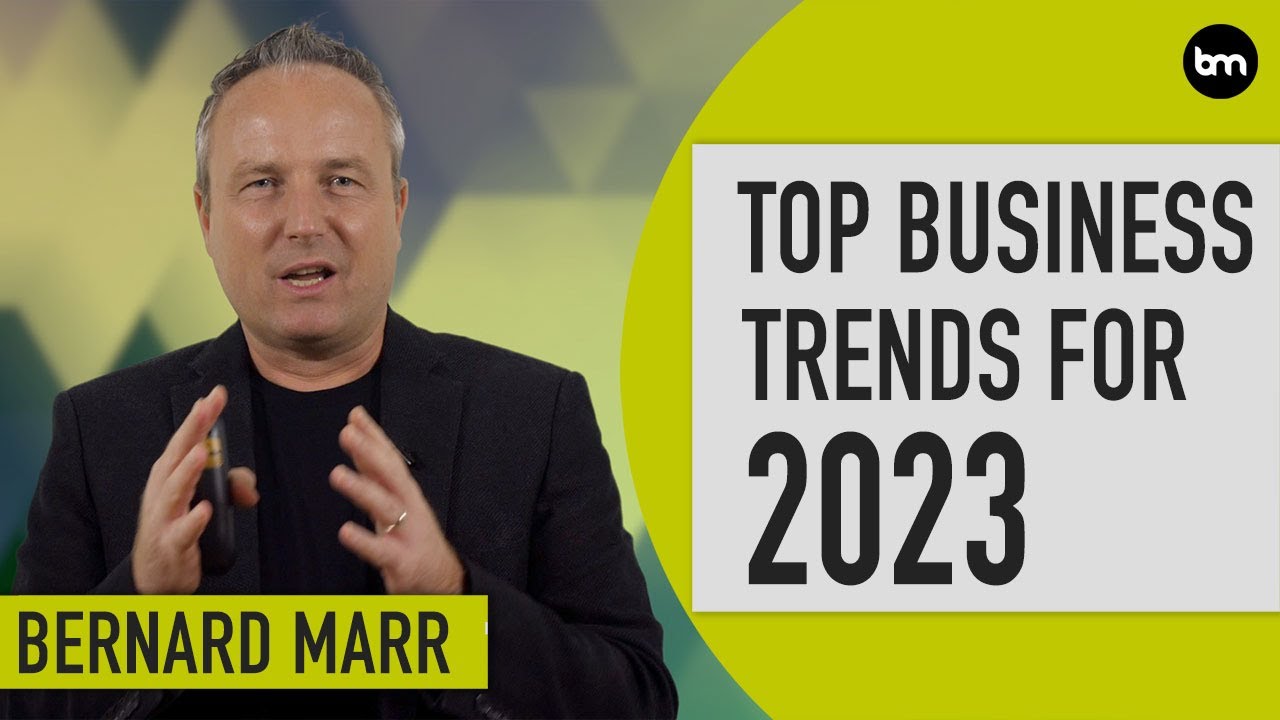Futurist, Bernard Marr, writes that businesses have faced huge challenges and undergone an ‘incredible amount of change’ over the past few years. He doesn’t see this pace as slowing in 2023.
Among his predictions for 2023, accelerating digital transformation tops the list enabled in part by the further maturing of transformative technologies such as artificial intelligence (AI), the internet of things (IoT), virtual and augmented reality (VR/AR), cloud computing, blockchain, and network protocols like 5G.
One initiative that flows because of this digital transformation is the reframing of IT architectures to be more agile and adaptable to changing business environments.

“For many organisations, legacy systems are seen as holding back the business initiatives and business processes that rely on them,” said Stefan Van Der Zijden, VP analyst at Gartner. “When a tipping point is reached, application leaders must look to application modernisation to help remove the obstacles.”
While IDC does not anticipate an outright abandonment of their on-premises systems, we anticipate organisations deploying cloud-native applications where it makes business sense.
IDC says application modernisation is consistently rising in priority in IDC surveys, from 33% of respondents rating it a "high" or "top priority" in 2015 to over 83% in 2021. The modernisation coincides with the migration to the cloud, and the re-architecting of IT strategies to be cloud-first.
According to IDC, application modernisation aims to transform and enhance an enterprise’s existing business applications to extend its potential in terms of technical functionalities and the ability to create value for internal and external stakeholders.
“If we take a closer look at Hong Kong and Singapore, 72% of enterprises in Hong Kong indicated application modernisation as a top priority in 2022 compared to 95% of enterprises in Singapore,” said Rijo George Thomas, research manager, IDC Asia/Pacific Software and Services Research Group.
He highlighted that 48% of enterprises in Singapore are currently scaling application modernisation initiatives across enterprise business functions and expanding innovation on top of the modernised applications. Hong Kong enterprises are taking a more cautious approach with only 34% preparing to scale app modernisation enterprise-wide.
“The majority (about 66%) are still in the planning and application rationalisation phase and yet to kick-start enterprise-wide application modernisation projects,” said Thomas.
Drivers of application modernisation
IDC predicts that by 2025, 80% of organisations will modernise their applications based on drivers, such as data security, organisational flexibility, agility, and productivity gains, versus drivers, such as IT cost savings.
The drivers for modernising are noticeably evolving. In comparing its annual APEJ Enterprise IT and Business Services Sourcing Survey, Thomas noted that in 2020, increasing security posture was a top reason for modernising enterprise applications.
Two years later, data from the 2022 survey pointed to the need for better process optimisation through automation to drive efficiency and agility across business functions as the top reason to modernise.
“Enterprises increasingly are realising that stitching automation on top of legacy applications will fail in the long run. Interestingly skill shortage was also identified as one of the top 3 reasons for modernising legacy applications, as enterprises are finding it hard to hire talent knowledgeable in legacy applications," said Thomas.
For Gartner, application modernisation can be driven from two perspectives.
Business: business fit, business value and agility.
If the legacy application is not meeting the new requirements imposed by digital businesses, it needs to be modernized to fit appropriately and should be upgraded to provide greater business value. Applications that lack the agility to keep pace with digital business demands may be a cost or risk liability.
IT: cost, complexity and risk.
If the total cost of ownership is too high, the technology too complex, or security, compliance, support or scalability are being compromised, it’s time to modernise.
Tactics to modernisation
With the proliferation of available tools, technologies, and strategies, it stands to reason that organisations have more options from which to drive their modernisation journey.
Gartner says modernising legacy applications means choosing between rearchitecting, rebuilding or replacing.
According to IDC’s Asia Pacific Software Survey 2022, integration with modern development tools (IDEs, DevOps toolchains, etc.), access to legacy data/app functions via APIs, and replatforming are the top three modernisation tactics enterprise plan to adopt in the Asia-Pacific region.
Thomas added that this is an indication that the majority of enterprises plan to innovate on top of legacy applications without making fundamental changes to the underlying application.
“A simple Lift and shift of the legacy application to a cloud environment help realise immediate benefits and pave the way for refactoring to microservices,” he continued.

“To drive innovation post-app modernisation, the survey also found that 70% of enterprises in Hong Kong and 82% in Singapore plan to containerise their applications to lower the time and resources necessary to build, deploy, scale, and maintain applications.”
Rijo Thomas
In addition, Gartner lists other options organisations can consider:
- Refactor or migrate to a new runtime platform, making minimal changes to the code
- Rearchitect. Materially alter the code to shift it to a new application architecture and exploit new and better capabilities.
- Rebuild. Redesign or rewrite the application component from scratch while preserving its scope and specifications.
- Replace. Eliminate the former application component altogether and replace it, considering new requirements and needs at the same time.
“Rearchitecting has medium costs and risks, whereas rebuilding or replacing provides the best results with higher costs and risks. The key is to weigh all options to help identify the extent to which each will have the desired effect — with the minimum effort and maximum positive impact.”
Stefan Van Der Zijden
“Application modernisation is a journey and requires a combination of these tactics to derive success and to ensure the modernisation initiatives do not stall in the long run. There isn’t one technology that can maximise value from app modernisations, but a combination of these technologies can deliver success and value (cloud, containers/virtualisation, DevOps, Agile),” concluded Thomas.






